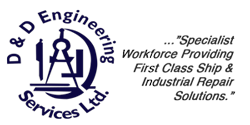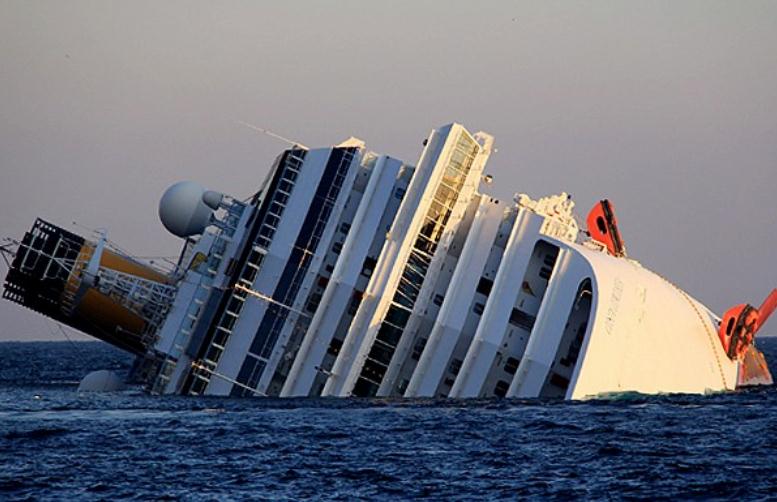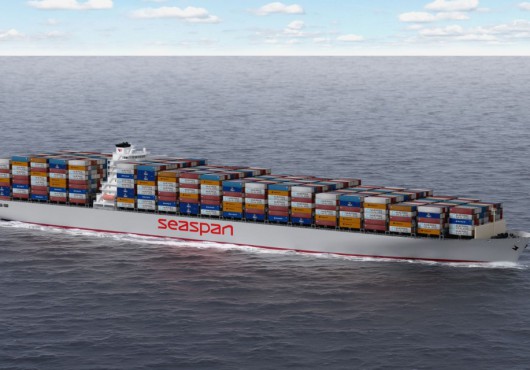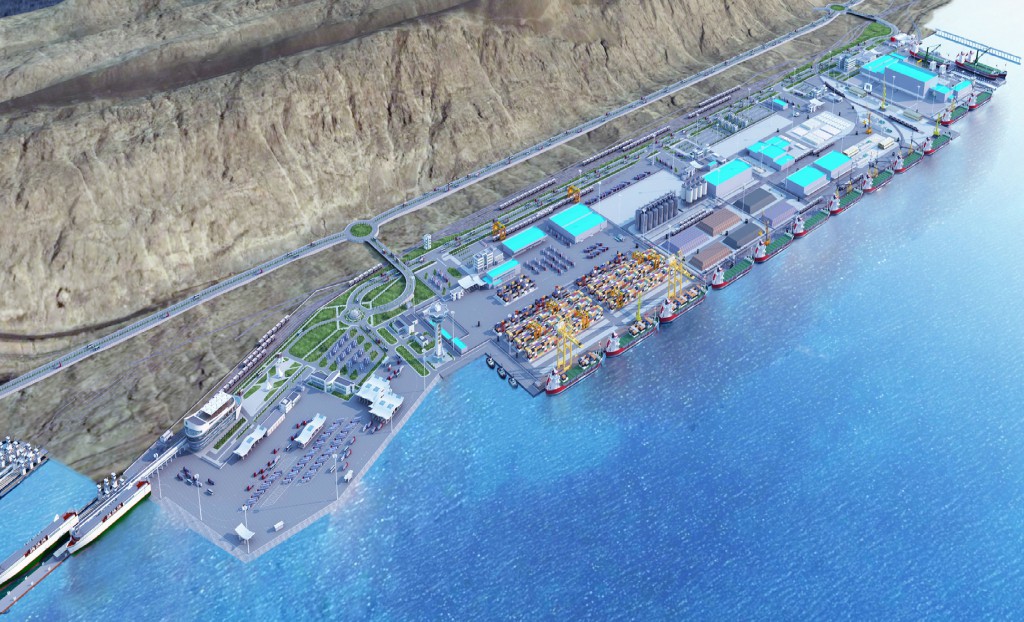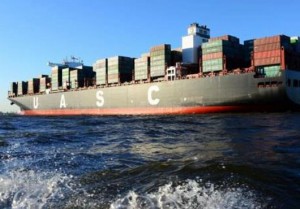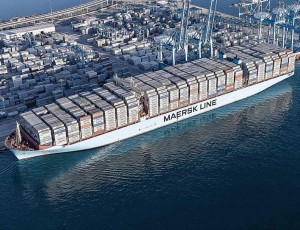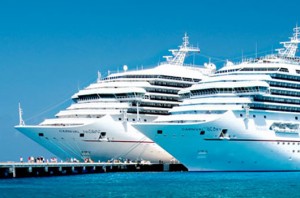Bacon ipsum dolor amet pancetta ball tip salami beef ribs pork flank shankle pork loin turducken swine pork chop beef frankfurter. Tri-tip shankle capicola, ribeye porchetta swine ham hock alcatra sirloin tail. Rump kielbasa alcatra ball tip kevin t-bone brisket pancetta spare ribs. Chicken hamburger filet mignon meatball ball tip. Venison meatball landjaeger, sirloin strip steak alcatra ground round jowl capicola chuck shoulder kielbasa. Turkey prosciutto jerky, pig t-bone flank frankfurter corned beef capicola ham.
Landjaeger frankfurter corned beef ground round pig strip steak. Frankfurter rump pork loin, pastrami tongue biltong ham hock capicola hamburger. Beef prosciutto shoulder drumstick, short loin landjaeger alcatra boudin shank tenderloin brisket. Flank turkey porchetta, turducken doner ribeye meatball chuck corned beef landjaeger prosciutto ham hock. Picanha shankle tail turducken tenderloin sirloin filet mignon pancetta boudin pork chop hamburger kevin pig prosciutto cow.
Shank boudin capicola tenderloin, tail chuck spare ribs picanha ham bacon kevin tongue. Hamburger cow porchetta shoulder pork chop cupim doner. Rump flank capicola pig. Frankfurter bacon flank ham biltong tenderloin bresaola turducken salami brisket sausage picanha.
